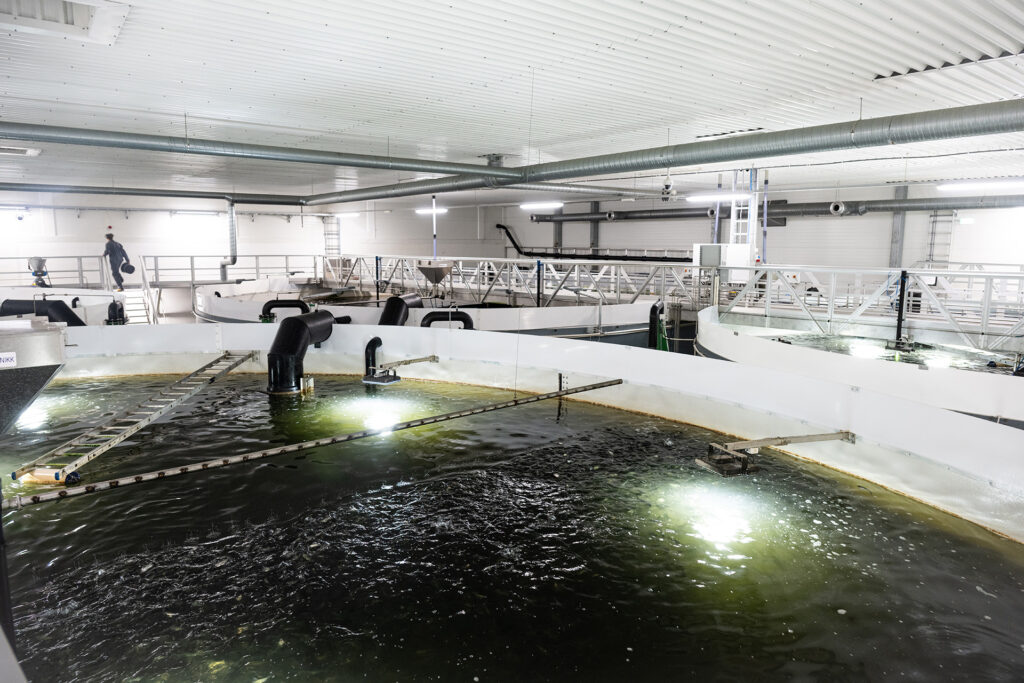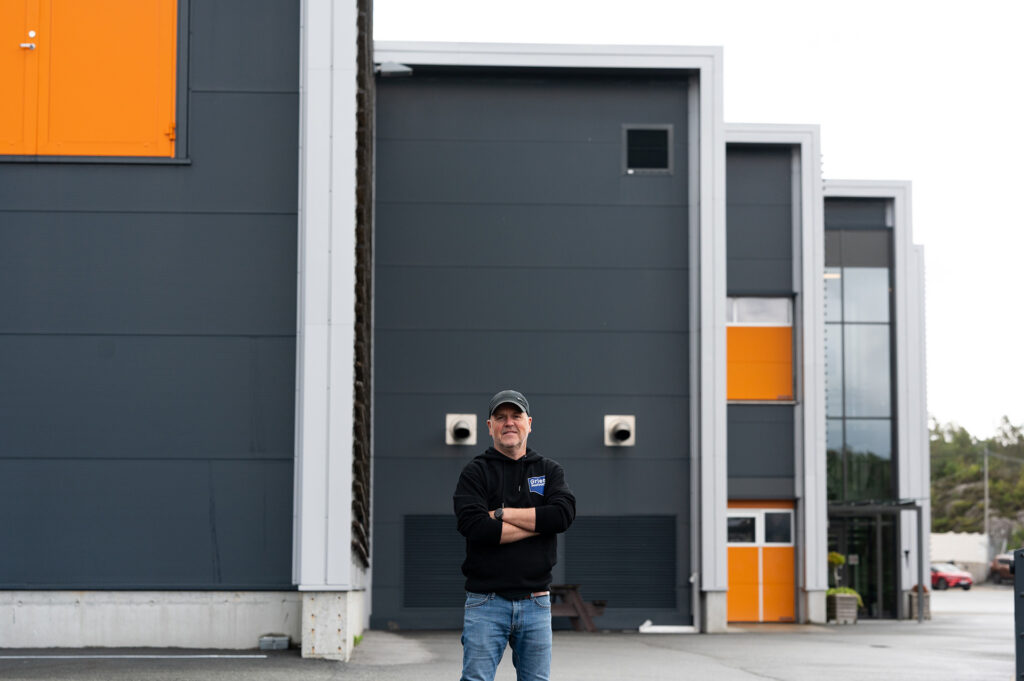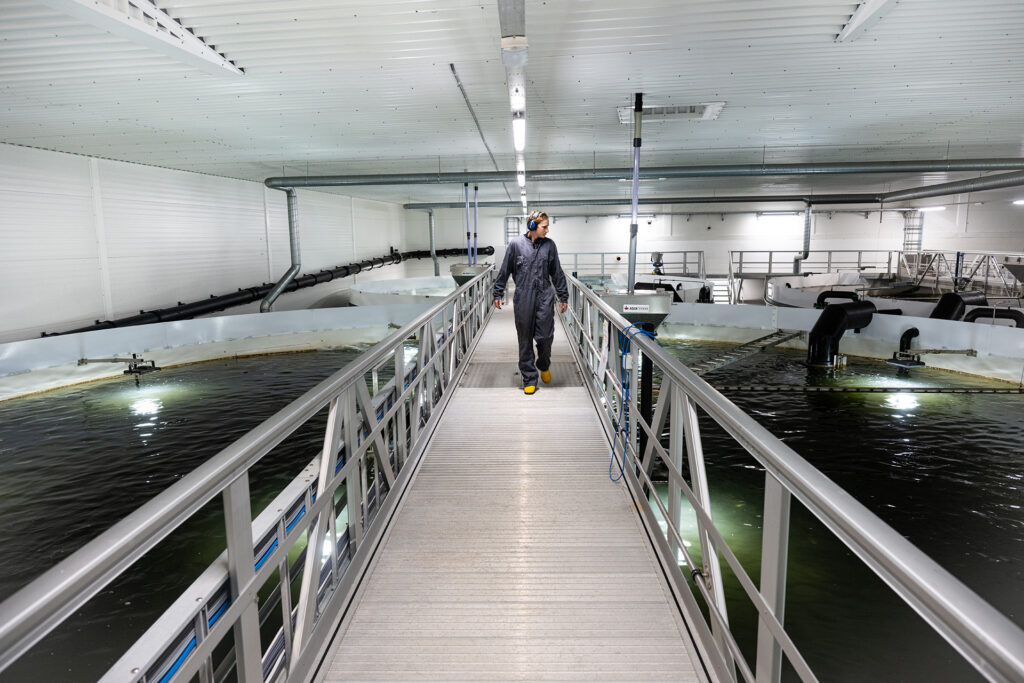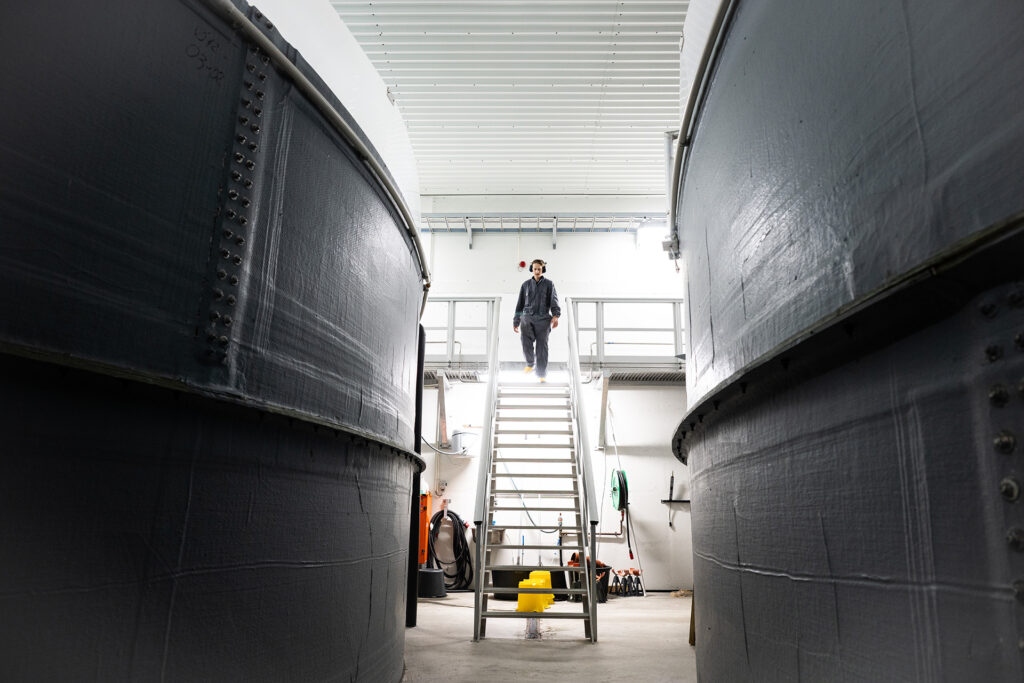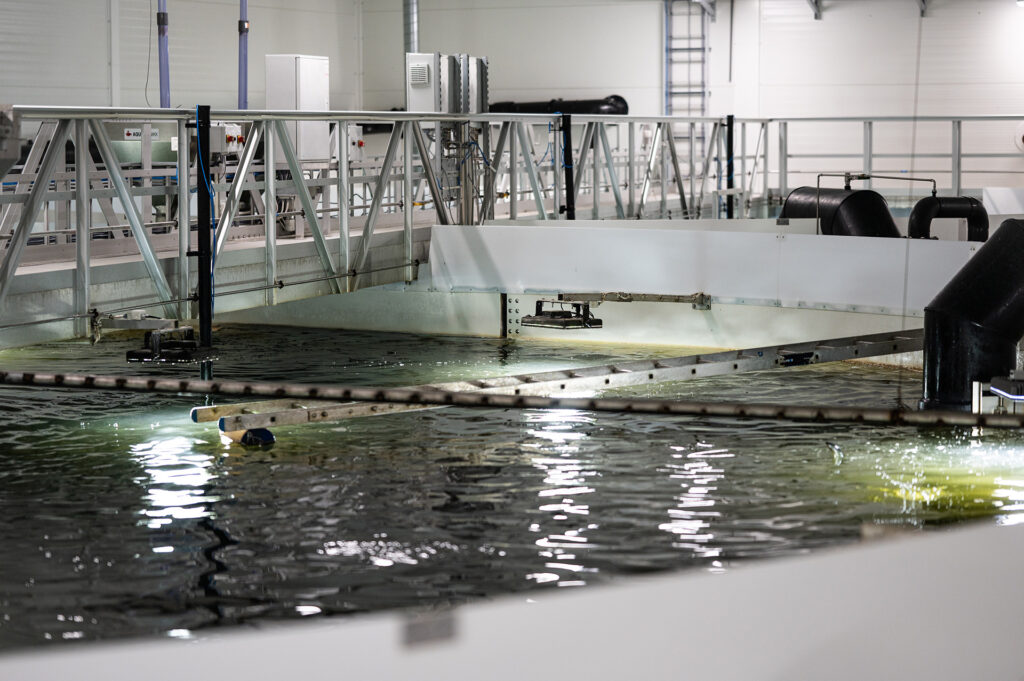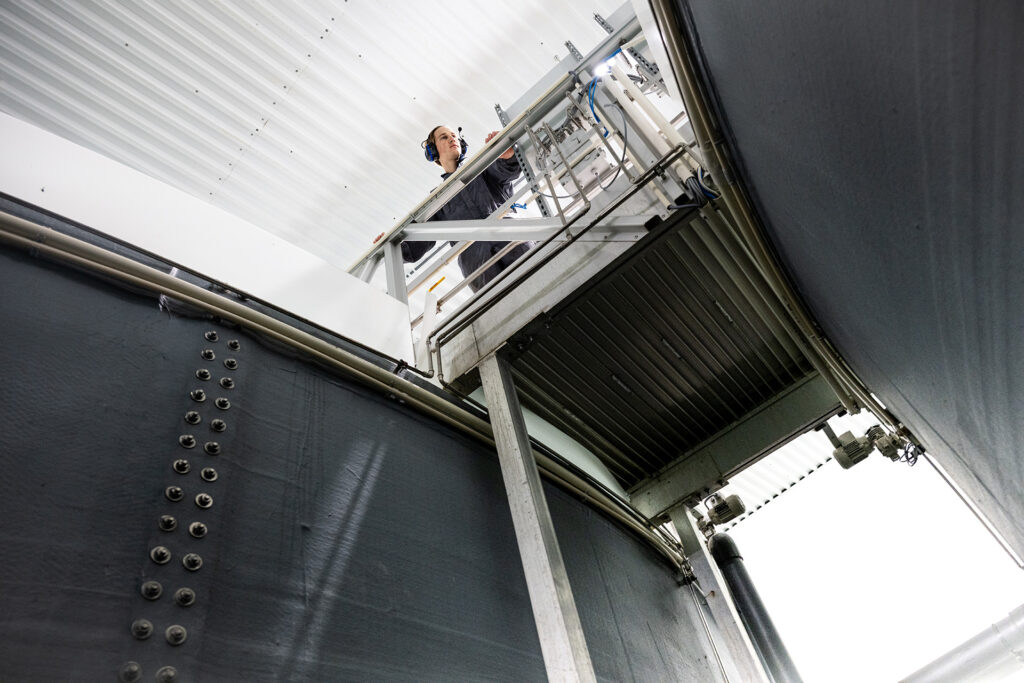Easy installation, close cooperation and fish farming tanks that provide for easy operations for decades. It’s not without reason our repeating customer Grieg Seafood has chosen fish farming tanks made by composite time after time.
Salmon equivalent to 350 000 meals are delivered by Grieg Seafood Rogaland daily. This is important Norwegian food production, where fish farming tanks from HighComp plays a very important role. They contribute to better fish health and creates safe and good growing conditions for the fish to grow from roe to smolt.
– The first time we delivered fish farming tanks to Grieg Seafood Rogaland was in 2011/12, during the extension of the facility in Trosnavåg, Bokn. Back then we delivered fish farming tanks in various sizes, dead fish crate, CO2-lifters and center solutions for fish transport. Later on, they had an extension in 2018/19 where we delivered similar equipment. We have also delivered equipment to Grieg Seafood’s fish farms in Finnmark, British Columbia and Newfoundland, explains VP of sales in HighComp, Fredrik Faye.
Adjacency to the factory and good dialogue became the winning factors that tipped the scale when Grieg Seafood decided to go for HighComp back in 2011. Good experiences with these fish farming tanks are the reason why they have kept on choosing fish tanks made of fiberglass in the projects that followed.
– There are many reasons why we chose HighComp back in 2011. One of the main ones was the adjacency. Back then HighComp was called Bokn Plast and had its factory on Bokn. In addition, the people who work at HighComp are great and very helpful. The fish farming tanks are easy to install, and we have experienced a lot of benefits with fish tanks made of composite throughout these years. We are very pleased with the products, production manager at Grieg Seafood Rogaland, Atle Jøsang emphasizes.
The setting plant on Bokn where we’re meeting Jøsang has partially buried fish tanks. A solution which isn’t the most well-known alternative when it comes to fish farming tanks made of composite.
– There’s a lot of people that don’t know that our fish farming tanks can be installed partially, or completely, buried. But it is entirely possible, and fish farming tanks that are installed in the ground works just as good as the ones that are installed on an open surface, Faye explains.
Grieg Seafood has chosen to go for partially buried fish farming tanks on several of their deliveries. Faye highlights the benefits of choosing this alternative.
– The number one reason tends to be that you save some height if you install the fish tanks indoor. In addition to that you will save lifting height, and you’ll get a more energy-efficient operation, he elaborates.
Combined with GRP’s well-known benefits such as being lightweight, having a long durability and needing minimal maintenance, it’s easy to see why fish farming tanks made of GRP have grown to be a real contender to traditional alternatives.
Grieg Seafood’s fish farming facility on Bokn was built in 1985 and is one of two setting plants the company has in Rogaland.
– These two are land-based setting plants that produce fish up to 200 grams from roe. In addition to these two plants we have many locations spread throughout Ryfylke, and also our own abattoir and stock farm, giving us the whole production line in-house. From our abattoir the fish is transported with plane or truck out to Europe and China, Jøsang explains.
There’s no doubt that Grieg Seafood is a significant supplier in the Norwegian fish farming and aquaculture industry. Faye describes the years-long collaboration with the company as a very good one.
– Grieg Seafood is a very important customer for us. We’ve had a very close and good collaboration with them over many, many years. This has resulted in solutions that contribute to effective and successful deliveries regarding production time and delivery time. After so many years of cooperating with Grieg Seafood you get to know the customer well, and you know which requirements and focus areas they have. And it’s our task to develop and optimize solutions to fit those expectations, Faye concludes.

